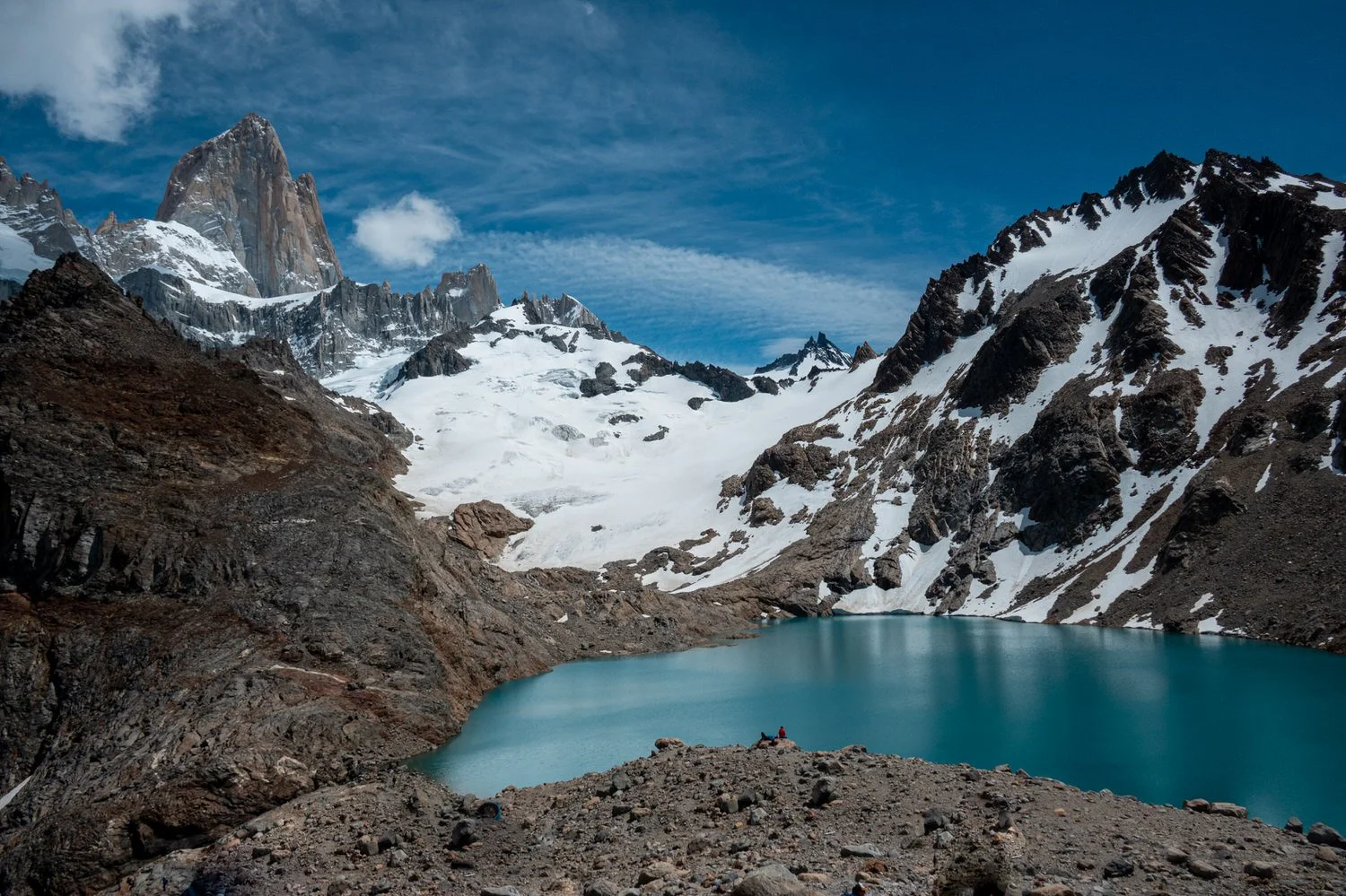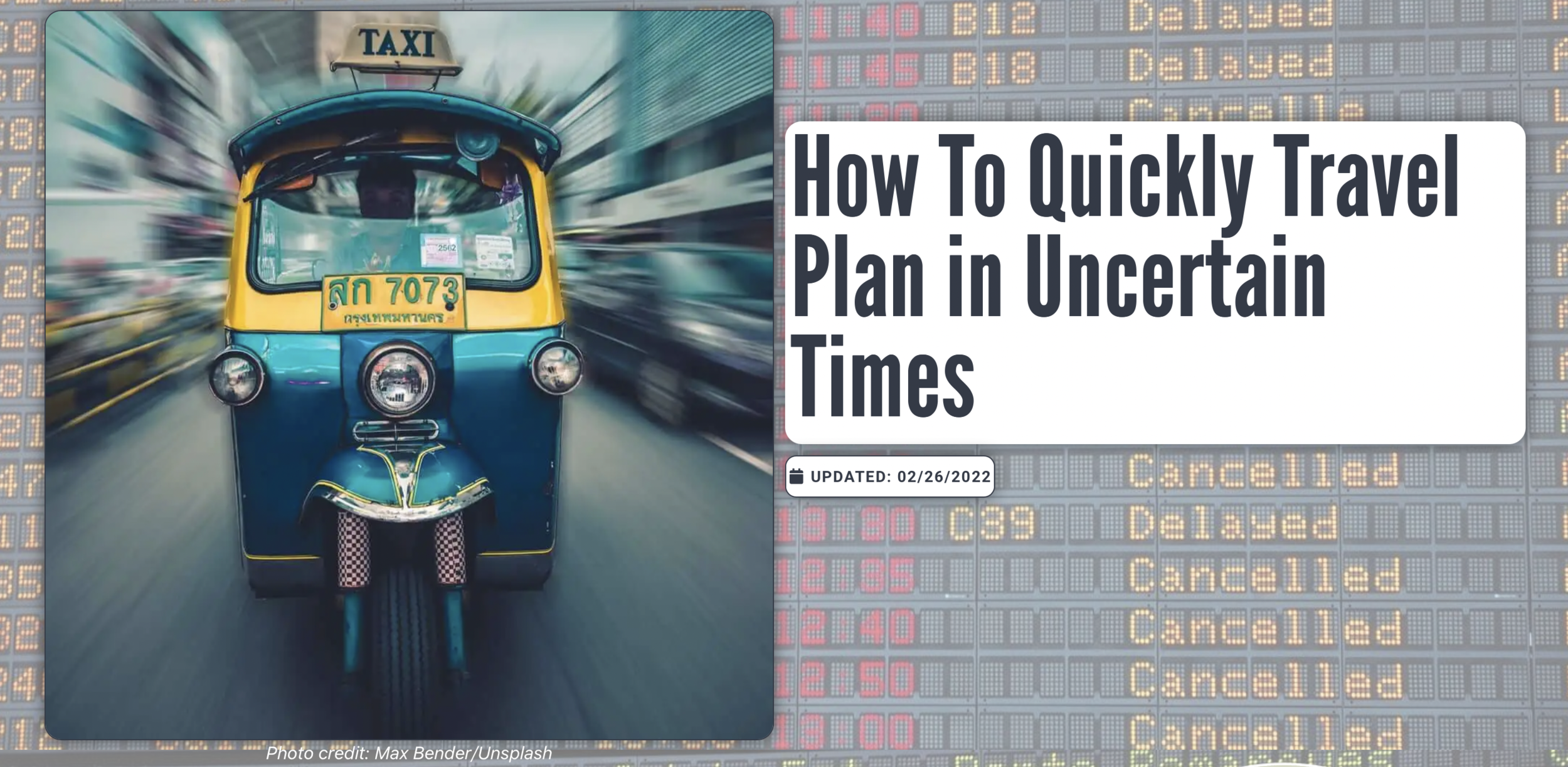South America Travel Tips
Traveling to South America is an adventure and we continue to learn a lot each time we visit a new country.
It’s been about 18 months since I first wrote this blog post and since then we’ve all made it to the other side of a pandemic and personally we’ve added Argentina and Chile to our list of South American countries.
While some of the original tips remain the same, some have changed since health and safety protocols have lessened and travel to South America has increased in popularity now that all countries are open.
If you have never traveled to South America, there are definitely some nuances you want to become familiar with because it is not like traveling in Europe.
Traveling to South America requires a bit more patience and a deep sense of adventure but if you are willing to put in the extra effort, I can promise the reward will be great.
We have fallen in love with every country in South America that we’ve traveled to and I hope this list can help you prepare for an upcoming trip.
Our first trip ever to South America happened to be during a pandemic, so needless to say, we learned a lot on the go.
In the summer of 2021 we visited Peru and Ecuador and since then we’ve also traveled to Argentina and Chile. From what I’ve gathered from other bloggers who have visited South America in recent years, experiences in places like Brazil, Columbia and Bolivia are very similar.
updated Tips for traveling to South America
Pack your patience. You will need it at every stop. Most things operate at a slower pace, there are often extra steps and English is not predominantly spoken so conversations can be more difficult.
Give yourself PLENTY OF TIME. There are many checkpoints along the way. Even without vaccine and testing verification, every border is a process and even national parks require stops and time to check documents.
Prepare all documents and have multiple copies. Keep them on you and in a convenient spot, you’ll be reaching for them often. Each country has their own forms and processes and often information has to be filled out in advance and specific forms have to be resubmitted upon exit and you do not want to lose them!
Speaking of borders and documentation. If you are crossing land borders, such as Argentina to Chile, it is absolutely necessary to have a guide with you.
There are so many rules, steps and processes and unless you speak their languages at a very proficient level, you will need assistance because custom agents likely do not speak English.
Anticipate changes. Rules change with no notice, be ready to change gears and adjust accordingly. That’s still the case in many situations including simple things like trying to get through the airport.
Most Covid protocols have been removed. For example, we were not required to wear a mask anywhere but packing sanitizer and cleaning wipes is never a bad idea.
Testing is no longer required to enter or exit a country. We had our vaccine cards with them but they were not used, so be careful not to lose them in transit, just in case you need them somewhere unexpectedly.
Patagonia is a must-see location when traveling to South America
Safety Updates. We have felt safe in every country we have visited but social and political unrest is more common in South America. If you remember recently, Peru actually closed temporarily due to political protests and many travelers were stranded in the country. It is always wise to check reliable websites like travel.state.gov for updates on safety, travel requirements and more.
Check your passport expiration dates. This is so crucial. Before you book a ticket, check your passport. If you are traveling to South America, it’s likely your passport will need to be valid for up to six months AFTER you depart the country. If your passport is about to expire, you will not be able to enter the country.
Have your vaccine card handy. Take a picture of it or upload it to a Health document app. You will need it less and less but it’s helpful to have on hand, just in case.
If you are traveling to a country where you don’t speak the language and you are not with a guide, have a translation app on your phone. You will need it to get by, especially in stressful locations like the airports.
South American airports are an adventure of their own. First of all, give yourself more time than you think you will need. At least 3 hours! Even if your flight is at a ridiculous hour, leave early. Expect chaos, long lines and unexpected rules.
You’ll have one line to check in and then an entirely different line on the other side of the airport to pay for your bags and then you will have to go through security and likely a passport check. It’s exhausting, stressful and confusing.
Not to mention, in both Argentina and Chile, we experienced flight delays and utter confusion as flights changed and we had to be rebooked.
Another note about airports in South America, free wifi is not always readily posted. In Punta Arenas, the wifi password was posted on one wall under a piece of paper. It took us hours to find! Lesson learned if you can’t find it, ask someone who is clearly on their phone.
Also, use a VPN for safety and security.
Driving on your own is not recommended especially between countries. It can be quite dangerous to try to cross many land borders in South America, with the exception of Argentina/Chile.
There are many ways to get around the countries such as busses, shuttles and private drivers. If you cannot read the language of the country, it is not recommended you drive and the road rules in each country vary greatly. For example, in Southern Argentina stop signs do not exist and you have to be a local to understand the rules of the road.
Speaking of roads, one of the most notable differences about traveling to South America compared to the States or Europe is the infrastructure. Not all roads are created equal and in South America, that is quite true. Unpaved roads, damaged roads and long term construction are all commonly found in South America sometime causing longer than normal routes, delays or tough travel days for anyone with motion sensitivity.
Views of Bartholome Island in the Galapagos Islands
Let’s talk cash. First, do not pack bills bigger than $20s. Ecuadorians will not accept them and it can be hard to change them out. Banks and hotels will barely take them for exchange. Ecuador uses the US dollar and Peru uses both soles and US dollar.
In Argentina and Chile, they do not interchange US dollar with their currency nor do they accept each others. They each have their own version of the Peso and they are not the same.
You won’t need a lot so don’t get too much. We used our credit card most often and needed local currency for tipping guides. Some guides will take US dollars if you have nothing else but try to tip using local currency.
About the drinking water, it’s important to know what you are drinking and in most cases, it’s not safe to drink tap water in South America. Food is amazing in every country but ask for bottled water, which is readily available. While ice is hard to find, be sure it’s from a filtered source before you request it for your drink.
Plan ahead. Way ahead. As a travel advisor, my goal is to always take what I’ve learned and share it with my readers, clients and friends. That being said, my biggest piece of advice about traveling to South America is get help in your planning and don’t wait until the last minute.
Traveling to South America takes coordination, advance documentation and expert knowledge of the ever changing rules and requirements. Travel advisors, like myself, can help you plan a trip that pulls together all the elements such as lodging, transportation, excursions, guides and more with the help of expert resources on the ground in the specific country you are planning to travel to.
Often with places like Peru, Ecuador, Argentina and Chile and their popular destinations such the Galapagos Islands, Machu Picchu or Torres del Paine, require registration, advance tickets and more.
It’s not something that is easy to do on your own. I’m not saying it’s not possible but doing it on your own can be quite stressful and mistakes can be made. Travel advisors can work with local companies in the countries to ensure your trip runs smoothly from start to finish.
Ready to start planning your dream trip to South America? Let’s talk!
If you just like to live on the edge and try to plan a trip to South America last minute, my friend Janice with Gather and Go Travel, wrote a really helpful blog post about planning a trip in a short amount of time. I highly recommend checking it out if you are traveling on a whim or need to quickly readjust your itinerary!
Traveling to South America will truly be one of the most fulfilling, unique, soul-fulfilling experiences you are likely to have. Each country is rich with culture, history, delicious cuisine, welcoming locals and natural landscapes that are absolutely incredible. The efforts it takes to make your way to any country in South America will absolutely be worth it but it will require planning, preparation and patience!
Celebrate the joy of travel, Explore South America!
If you are planning a trip to South America, don’t miss my blog post covering everything we learned on our recent trip to Peru and the Galapagos Islands. Heading to Patagonia? Check out my guide on how to prepare for the Laguna de los Tres Hike before you go!
If you think others would find this helpful, it would mean the world if you would share this pin on Pinterest!






